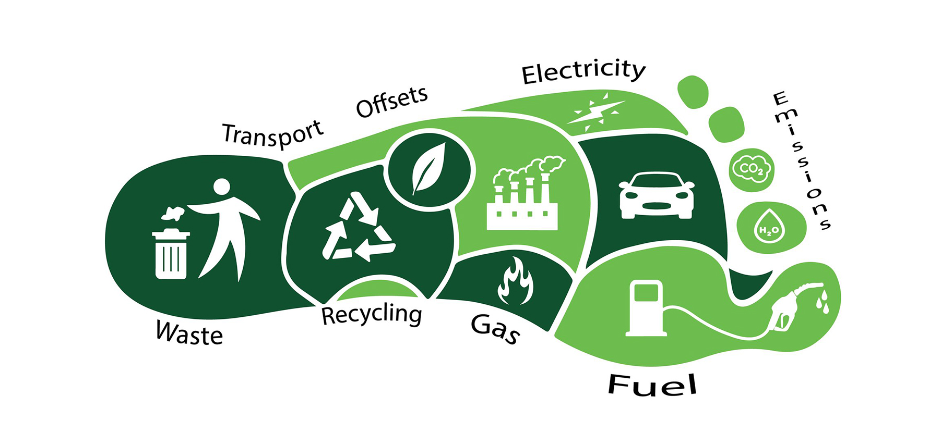What is a carbon footprint?
17 February 2023
A carbon footprint is the total amount of greenhouse gases (GHG’s) emitted by a person, organisation, product, event or other entity. GHG’s include carbon dioxide (the most common gas emitted by humans), methane, nitrous oxide and fluorinated gases. A carbon footprint results from the production, use and end of life of a product or service.
A standard which enables carbon footprint estimation is The Greenhouse Gas Protocol. The framework that this provides is to calculate greenhouse gas emissions, primarily carbon emissions, is by looking at three categories of emissions called scopes. The scopes are defined as follows;
Scope 1: emissions that are direct and are physically emitted by sources that a company operated such as own transport, using a gas boiler, fleet emissions, air conditioning methane leaks
Scope 2: Indirect emissions such as electricity purchase, steam, heating or cooling. These are emissions that are associated with carbon intensive activities an organisation employs
Scope 3: Encompasses emissions that are not produced by the company itself, and not the result of activities from assets owned or controlled by them, but by those that it's indirectly responsible for, up and down its value chain. An example of this is when we buy, use and dispose of products from suppliers.
The European Investment Bank project sets out the following guidelines for carbon estimation;
- Completeness – all relevant information is included ensuring that no material is missed that may influence the overall carbon footprint
- Consistency – suing the same quantification method for each product and components in the same way, using the same criteria and assumptions to ensure comparisons between scopes overtime is meaningful. With each component measured, the baseline should be established and used as a standard for each aspect measured.
- Transparency – all inclusions and exclusions should be identified, if you have included or omitted information you must explain why.
- Balance – objective thresholds used to measure footprint
- Accuracy – Estimations and approximations should be reduced as much as possible, where accuracy is low use conservative assumptions
- Relevance – GHG sources, sinks and reservoirs methods and data is catered to the specific business
At RMF we are delighted to have begun our own plans for carbon reduction and we look forward to sharing our strategy by the end of 2023.

Back to News